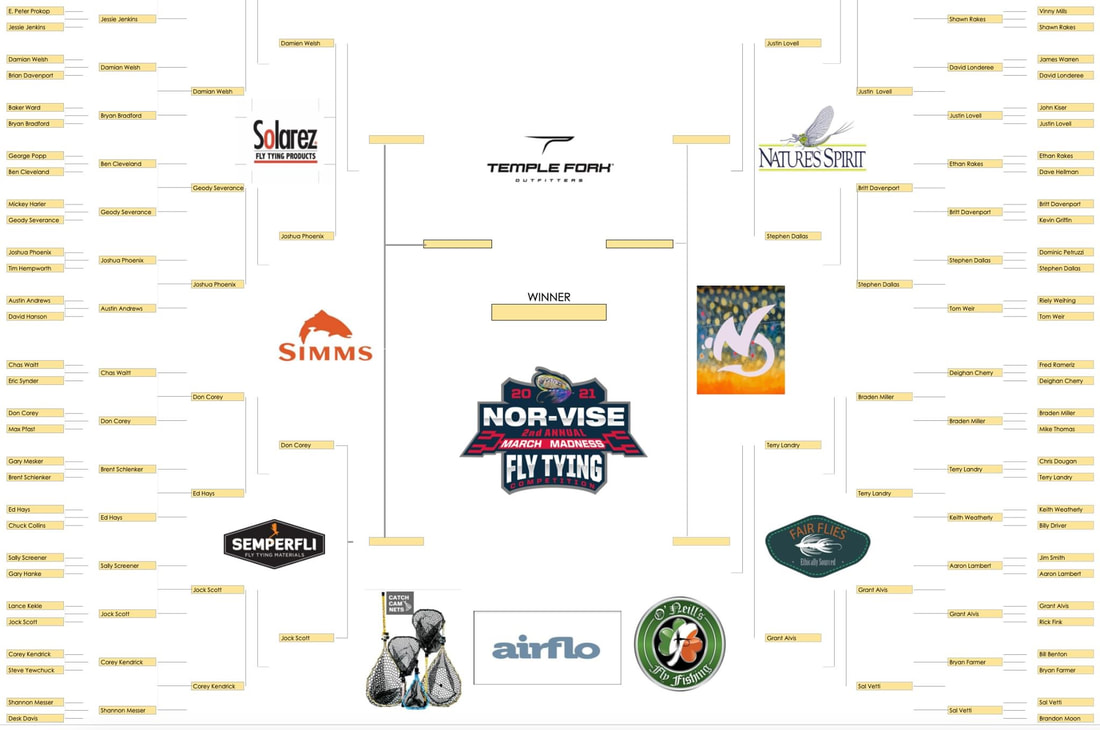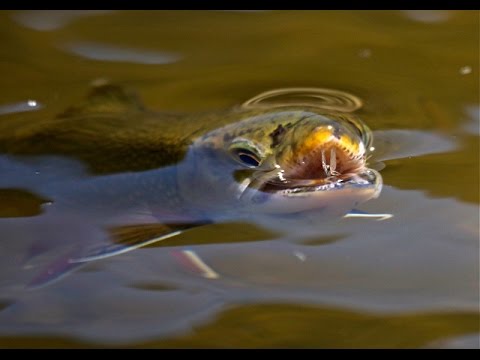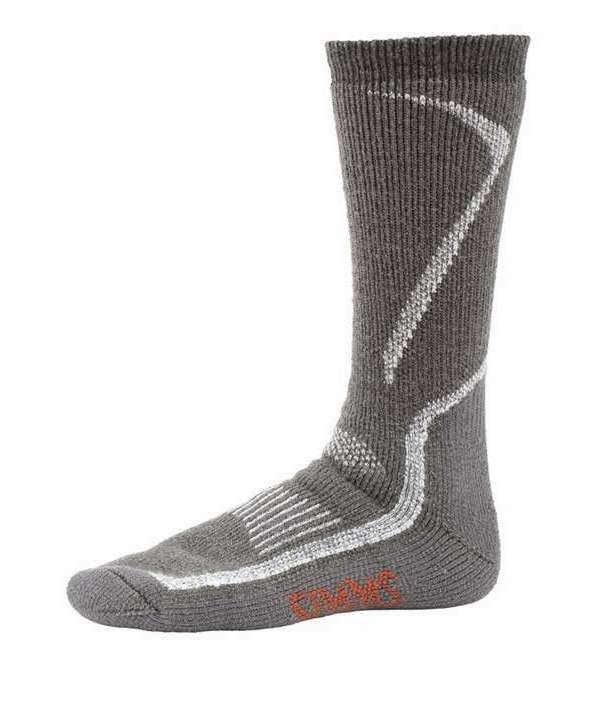|
By Norvise ambassador Brian Davenport. Everyone has a comfort zone-whether in fly tying or fly fishing. Some folks are comfortable at tying certain styles of flies, or fishing in a certain style. But not too many folks are comfortable with more than a couple types of styles of fishing or tying. The ones that are comfortable with various styles, you can bet they are the ones consistently catching fish. During the Norvise March Madness competition there were 64 tiers and some very accomplished tiers. Even some of the more accomplished tiers found themselves being pushed out of their comfort zone by the fly categories that were drawn. It’s not that they could not tie the flies, but that the type of flies were different than what they normally tie. Some really awesome flies were tied, as they stepped out of their comfort zone. As for your comfort zone while fly fishing, I know some fly fishers who follow the motto of dry fly or die. When you consider that trout especially, eat 90% of their food subsurface, that does not give them very favorable odds of consistently catching fish. I also know some anglers that only fish subsurface and refuse to fish a dry fly. They are also missing out in some circumstances, like when a hatch is on. Some anglers are so set to one style of fishing, to the point of they will avoid certain places to fish because they cannot fish it the way they are comfortable with. My favorite fishing partner loves to fish dry flies, and I mean who doesn’t- it is very cool to see the fish come up and take your fly off the top. But she was missing out on other times because that is all she would fish. However, over the last couple of years she has started expanding outside her comfort zone, to include streamer fishing and swinging a wet fly. Last year we both got out of our comfort zone more, and started to learn and experiment with Euro Nymphing. After reading several articles and talking to some friends about how it is done. We gave it a try on several outings. We had some awesome days on the water, that likely would have only been so-so using other methods. We live in central Idaho along the Clearwater River. During steelhead season we swing a wet fly with two handed rods for steelhead, however we are going on the Norvise hosted trip to Steelhead Alley this fall. Tim has said that a lot of times they fish with nymphs and indicators as swinging a fly is only when conditions are right-which doesn’t happen too often. I have fished this way for trout and am not very proficient at it, and have had very limited success- so it is definitely out of my comfort zone. I plan on reading up the technique, watching videos and pestering everyone I know that has fished for steelhead in this manner to learn more about it. Also, on my trout fishing outings this year, I may try fishing with an indicator rig more often, so that I can get better at it and more comfortable with it. Now I am definitely not suggesting to give up your favorite flies that you tie, or your favorite fishing technique. I’m just saying that if you normally fish with dry flies, perhaps work a run with the dry fly and then work your way back thru with a nymph rig. Fish most of the day with your preferred method but set aside a couple hours to specifically fish different types of water and different method. This also brings up another point-go and fish different bodies of water! A lot of people go to the same body of water and fish the same holes with the same methods each time they go out. Don’t be afraid to step out of that comfort zone and fish a different body of water or a different place on that body of water. If you are willing to step out of your comfort zone it will help you become a more rounded tier and angler and you might just have some great days on the water while venturing outside of your zone! Till Next Time...
Tight Lines. As Fall is upon us and Winter is fast approaching the "cold" fishing season will soon be here. For many of us, our thoughts turn to winter time fishing. The winter months can be some of the best fishing of the year. Due to the weather conditions we face during December, January and February they can be some of the toughest times to be out there. I would like to give some of our thoughts and insights as to how we dress for the tough months in hopes that you can extend your time on the water. Hypothermia is a serious consideration during this time and we want to be sure you are protected from the elements. Let’s start with our feet and work our way up. Layering is the key to staying warm in the winter and our feet are no different. We generally like to start off with a liner sock of some type. Polypropylene gets the nod here as it is the best material to wick sweat away from your feet, the key to keeping your feet warm. From here the temperature will determine the next layer for me. In mild times say 30 degrees and up a simple wading sock works for me. In extreme temps, 30 and below I will usually wear a liner sock, a cotton type crew sock and then a heavy wading sock like the Simms Extreme wading sock. This combo keeps my feet warm in the coldest of days. Play around with your sock combo until you find a system that works for you. One item of note; as you add layers of socks on your feet those wading boots that feel great in April and May might be too tight in January. Tight boots equal cold feet, period! A sizable investment for sure, but a pair of boots a size or two bigger can be a godsend. Next would be the body layers. Again the conditions will determine how many or how few layers you need. Anything that touches your skin needs to have some wicking properties. We all sweat and the key to staying warm is to get that perspiration away from your body. One of the newer products on the market that gets the nod from me is Merino Wool. A Merino wool base layer will go a long way to keeping your body temperature regulated. My next layer would be some sort of fleece. Simms and Redington both have several different types of fleece in different weights to fit your needs. From light weight shirts and pants to heavy weight crew tops and extremely warm one piece “jumpsuits.”There is a product for everybody. To this I will usually add a Windstopper jacket of sorts and this combo seems to keep me warm on most excursions. On those extreme days I might add a mid weight or heavy weight layer of fleece on top of a light weight layer. The key is to have interchangeability in your system so you can adapt to the changing climate. Hands head and face. We all have heard the saying that you loose most of your body heat through your head. If that is the case lets cover it with a quality hat to prevent that from happening. “Beanie” type hats are fine in mild temperatures; I wear them all the time. I particularly like the visor type of hats from Simms. The next step up would be the Extreme hat from Simms. We call it the “Elmer Fudd” for obvious reasons. Insulated to the max with ear flaps to boot if any hat is going to keep you warm this is the one. Not the most fashionable looking hat, but when it is 10 degrees keeping warm is the priority. Remember this isn’t a fashion show. To this I might add one of the polar Buffs. This insulated, fleece lined “collar” is designed to keep your neck warm, and can be worn on your face like a half mask. Both are a priority in order to keep warm. Last but not least are gloves. I like the finger-less models so I can have some dexterity when tying knots. Actually I believe it is impossible to tie knots with gloves on. If you are prone to cold fingers one of the fold over mitts may be better. These have a finger-less glove inside and a mitten flap that will fold over the entire thing. A great idea, but fishing with mittens on will take a little getting use to. In the winter time try to touch as little water as possible. Once you get your hands cold in February it is tough to get warm them back up without leaving the river. Some of those hand warmers stuffed in your top wader pocket and help with this. During the winter season, especially during bitter times I try to always fish with a partner. Safety in numbers goes a long way when it is 20 degrees out. I try not to stand in the water for extended periods of time. If you feel your self getting cold get out and go for a little walk. The foot traffic on the rivers is usually light this time of year. Many times I can walk for ten or 15 minutes to get warmed back up and return to the same spot. Also I always carry a “fall in bag”. If I do happen to take a spill (and believe me I do) I have a warm, dry set of clothes waiting for me at the truck. If you do go in the water this time of year IMMEDIATELY get out and head to the truck. As I said earlier Hypothermia is no joke and needs to be taken seriously. Get out, get dry and go home. The fish will be there tomorrow. Hopefully these tips will keep you warm and out on the river this winter. Have a safe and fun filled winter season. We hope you catch a ton of fish. Till next time…
Tight lines - Tim |
Archives
June 2024
Categories
All
|




















 RSS Feed
RSS Feed
